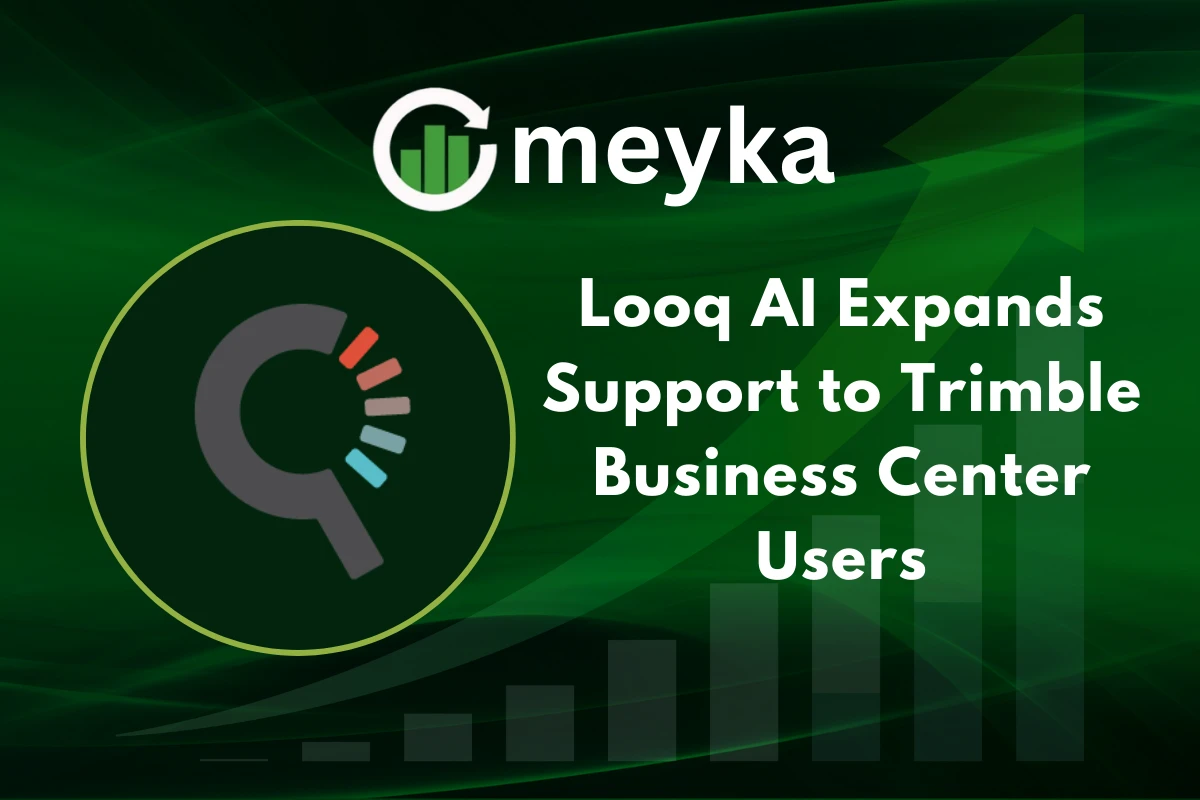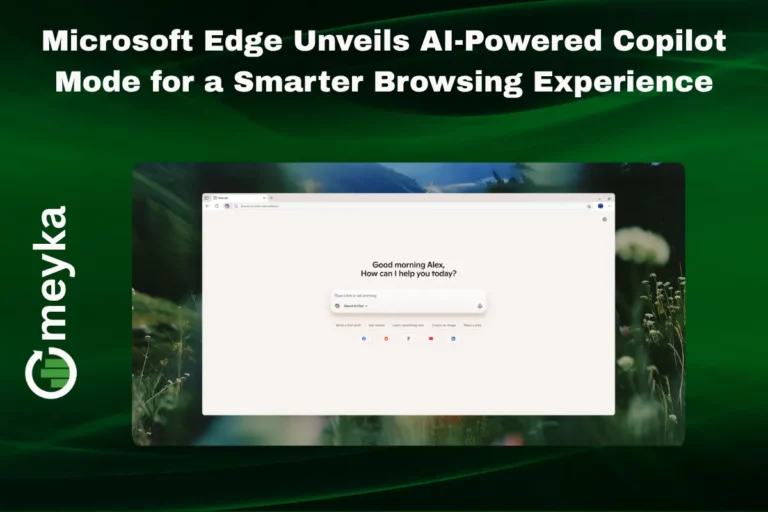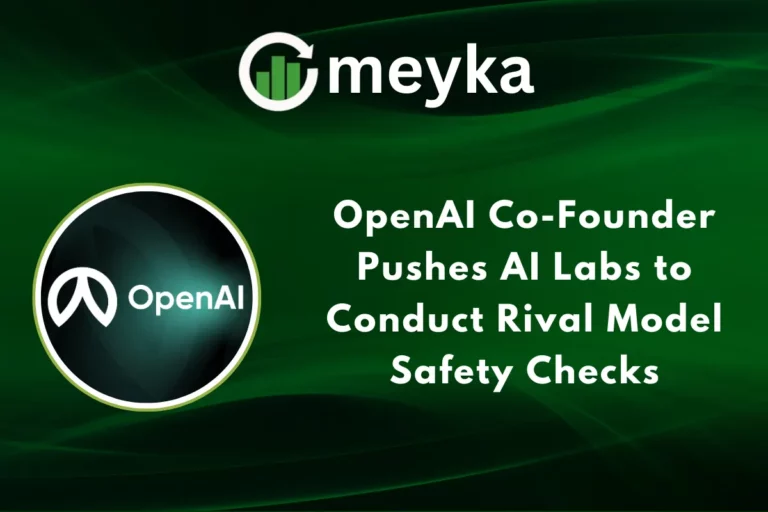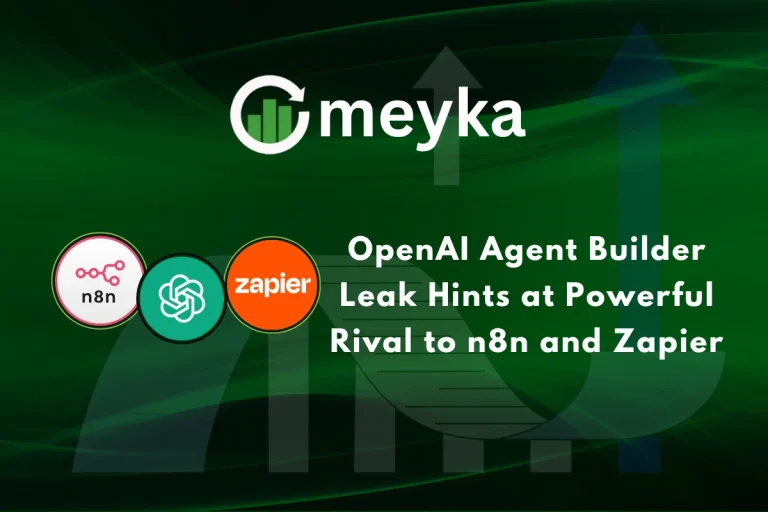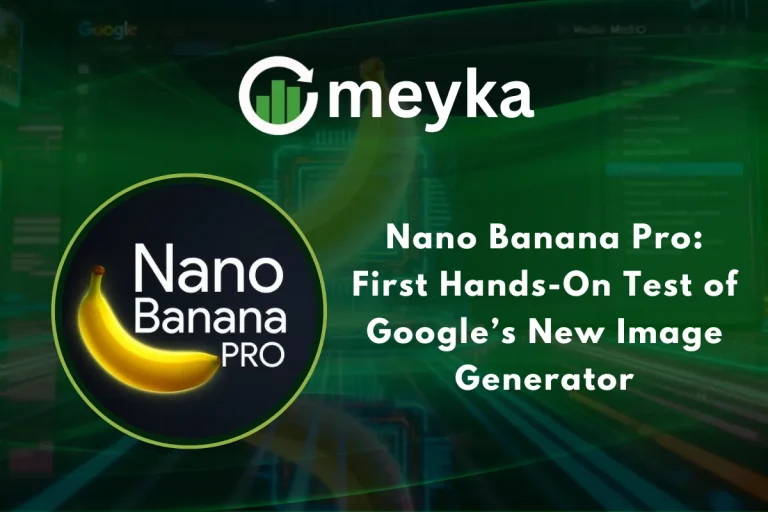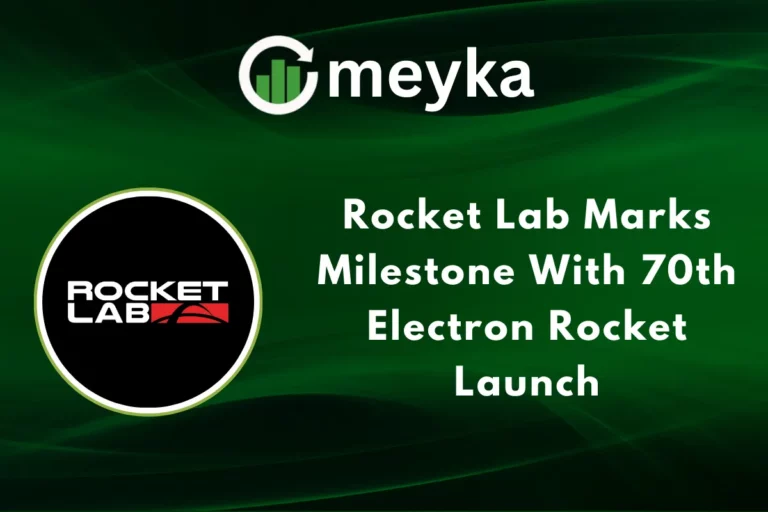Looq AI Expands Support to Trimble Business Center Users
Looq AI has announced direct compatibility with Trimble Business Center (TBC), allowing surveyors and engineers to import survey-grade, georeferenced point clouds, and orthomosaic images into TBC without manual conversions. The move removes friction between handheld photogrammetric capture and desktop “field-to-finish” workflows.
Early adopters report large time and cost savings on real projects, and the integration positions Looq as a practical AI-driven capture option for infrastructure, utilities, and civil teams.
Why is this important for surveyors? Because it cuts data prep time, and lets teams use familiar Trimble tools while gaining high-resolution ground-based capture.
Looq AI Expands Compatibility with Trimble Business Center
What does compatibility mean
The compatibility ensures that Looq AI output is ready for direct use in TBC. That includes ground-classified point clouds and orthomosaics exported in standard formats that TBC accepts, removing the need for custom scripts or manual cleanup. For firms that rely on Trimble’s desktop environment, this reduces project handover friction and speeds delivery.
How does this change workflows? Teams can capture data in the field with Looq’s handheld system, process with Looq’s cloud, and import final deliverables straight into Trimble Business Center for design and documentation.
Looq AI Expands Its Field-to-Finish Value Proposition
Field capture meets desktop precision
Looq pairs handheld photogrammetry with advanced 3D computer vision to produce data that matches survey-grade expectations. The platform produces georeferenced point clouds aligned to GNSS and classified for ground, structures, and vegetation, giving engineers a cleaner starting point in TBC.
This supports topographic mapping, site modeling, and utility corridor work.
Why does georeferenced, ground-classified data matter? It speeds modeling and reduces rework, especially in complex sites where drone access is restricted or in vegetation-heavy corridors.
Looq AI Expands Use Cases with Real Projects and Metrics
Early adopters and performance gains
Companies already using the Looq–Trimble workflow report measurable benefits. AJ Surveying used the Looq Platform on undergrounding projects in wildfire-prone areas, where drones were restricted.
The firm reported a 60% reduction in turnaround time and 43% lower survey costs, attributing gains to the streamlined data path into TBC and Trimble Connect. Canadian engineering firm McElhanney also adopted Looq for speed mapping and topographic surveys. These case studies underline practical ROI for field teams.
Who benefits most from these gains? Utility corridor mappers, municipal survey teams, and contractors working in restricted or complex environments see the clearest benefits.
Looq AI Expands Industry Impact and Competitive Position
What this means for the market
The Looq–Trimble link strengthens Looq’s position among reality-capture tools that aim to fit into established design and surveying ecosystems. By aligning with TBC, Looq reduces one major adoption barrier faced by smaller capture vendors: compatibility with field-to-finish software used by survey and engineering teams.
This integration also pushes competitors to prioritize standard export formats and closer software partnerships.
Will this change vendor relationships? Yes, integrations that reduce friction tend to accelerate adoption, and vendors that stay closed or require conversions risk losing market share.
Looq AI Expands Technical Details and Standards Alignment
Standards, exports, and open workflows
Looq emphasizes support for standard export formats, improved GNSS precision, and alignment with open standards to meet professional requirements. Trimble’s strategic support for integrations like this reflects a broader industry trend toward technology-agnostic ecosystems, where best-of-breed capture, processing, and CAD/BIM tools interoperate to serve project outcomes.
Gareth Gibson of Trimble commented that the integration helps users adopt high-accuracy ground-based data within trusted workflows.
How does standards alignment reduce risk? It lowers vendor lock-in and simplifies validation, enabling engineers to trust data provenance while choosing tools that best fit the field conditions.
Looq AI Expands Adoption: Who Is Using It Now
Notable adopters and sectors
Beyond AJ Surveying and McElhanney, Looq positions itself for utility, civil, and infrastructure projects that require frequent, accurate ground-level capture. Its handheld approach is useful where drones are banned, or where fine-scale, ground-level details matter, like underground asset verification or vegetation-impacted corridors.
The Trimble compatibility makes it easier for public agencies and large engineering consultancies to pilot Looq without disrupting established TBC workflows.
Will large firms adopt it? Large engineering firms have already tested it, and the TBC link lowers barriers for broader enterprise pilots.
Looq AI Expands the Conversation on AI in Surveying
Looq AI backs its claims with field case studies and vendor quotes. CEO Dominique Meyer framed the milestone as part of Looq’s mission to deliver accurate, efficient capture tools for professionals. Trimble’s endorsement, via Gareth Gibson, adds credibility and shows vendor-level cooperation.
How should buyers validate claims? Ask for project reports, point-cloud samples, and direct references from firms that have imported Looq outputs into TBC. Case metrics in the public announcements provide a good starting point.
Looq AI Expands Future Outlook and Competitive Benchmarks
What to watch next
Watch for broader platform support, adoption rates across public infrastructure programs, and potential partnerships that push tighter integration with Trimble Connect and other CAD/BIM workflows. Competitors will likely accelerate support for open formats and field-to-finish compatibility as the market rewards easier handoffs and measurable ROI.
Is this a game-changer or incremental? For teams that already use Trimble, this is a practical game changer because it removes a key barrier to using handheld photogrammetry at scale. For others, it is an important incremental advance in interoperability.
Conclusion
Looq AI’s compatibility with Trimble Business Center is a clear step toward smoother field-to-finish workflows. By delivering survey-grade, ground-classified point clouds and orthomosaics ready for TBC, Looq reduces manual work, shortens delivery time, and improves cost efficiency on real projects.
The endorsement from Trimble and real-world results from AJ Surveying and McElhanney give the announcement tangible credibility. For surveyors and engineers seeking faster, more flexible capture methods that plug into trusted desktop tools, Looq’s move is both practical and timely.
FAQ’S
Looq AI is an AI-powered reality capture platform that produces survey-grade point clouds and orthomosaics. It now integrates directly with Trimble Business Center, allowing users to import data without manual conversions.
The integration streamlines field-to-finish workflows, reduces data prep time, and improves accuracy. Surveyors can process Looq AI data directly in TBC, saving time on projects.
Utility, civil, and infrastructure projects gain the most, especially where drones are restricted or high-resolution ground-level capture is required. It enhances mapping, topographic surveys, and asset verification.
By delivering georeferenced, ground-classified point clouds, Looq AI reduces manual cleanup and speeds modeling. Early adopters report up to 60% faster project turnaround.
Currently, Looq AI is optimized for Trimble Business Center, but its standard export formats allow interoperability with other CAD and BIM tools, supporting open and flexible workflows.
Disclaimer
This content is made for learning only. It is not meant to give financial advice. Always check the facts yourself. Financial decisions need detailed research.
